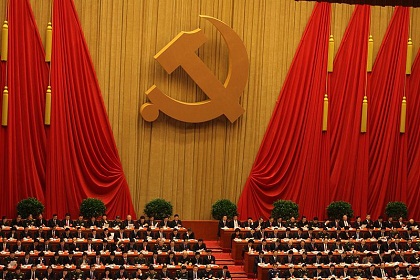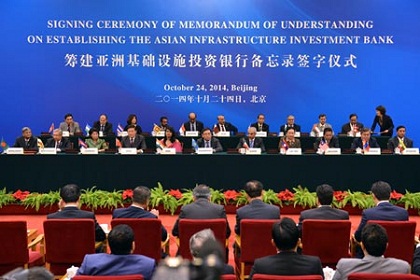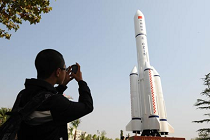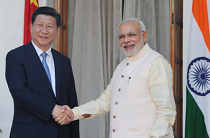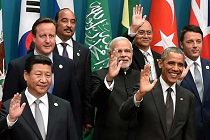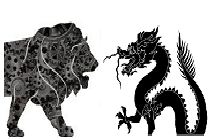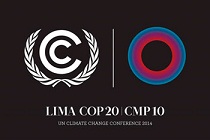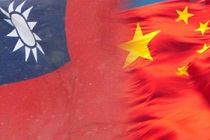Comprehensive reforms in China?
The annual meeting of the National People’s Congress in Beijing in March covered wide and significant ground, including President Xi’s vision of deepening reform and law-based governance. The meeting also emphasised environmental protection and enforcement of IPR. But the outcome of these plans remains to be seen

